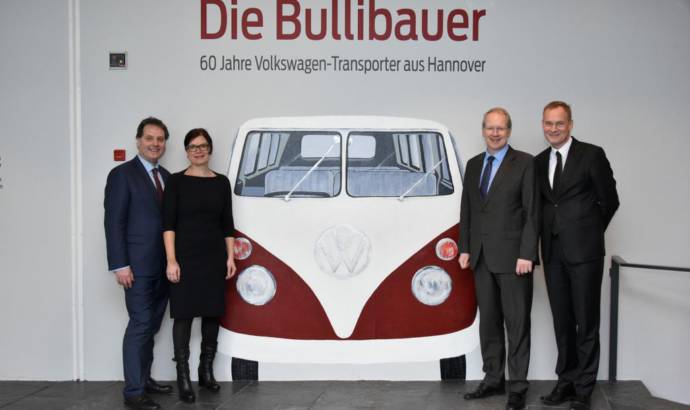Except the usual celebration for Mothers Day, 8 March is a very important day in the history of Volkswagen. That`s because on 8 March 1956, the German manufacturer started the production of the legendary Bulli in Hannover.
Production of the vehicle that would become the “workhorse of the economic wonder” began in 1950 in Wolfsburg. When the hundred thousandth Bulli came off the assembly line in 1954, it was clear that the Transporter needed its own dedicated plant. Production capacity at the main Wolfsburg plant was no longer sufficient to cover demand. Alongside Beetle production, it was possible to manufacture 80 Bullis per day, but 330 were needed.
Prof. Heinrich Nordhoff, General Director of Volkswagenwerk, chose Hanover for the production site. Initial construction work began in mid-February 1955 – in the middle of an ice-cold and very snowy winter – at the north of the city. After just one year of construction time, the first Bullis came off the assembly line of the just built Transporter plant on 8 March 1956. This is exactly 60 years ago from today.
The Bulli developed into a successful model far beyond the domestic market. In 1962, the workforce celebrated production of the millionth VW Transporter, ‘Made in Hanover’. After the T1, production of the successor model, the T2, began in 1967. In turn, it was followed in 1979 by the T3, by the T4 in 1990 and by the T5 in 2003. The sixth generation of the successful model has been coming off the production line in Hanover since 2015.
Today, the production site is the largest industrial employer with 14,500 jobs, and it is the largest training operation in the Hanover region with 750 apprentices.



